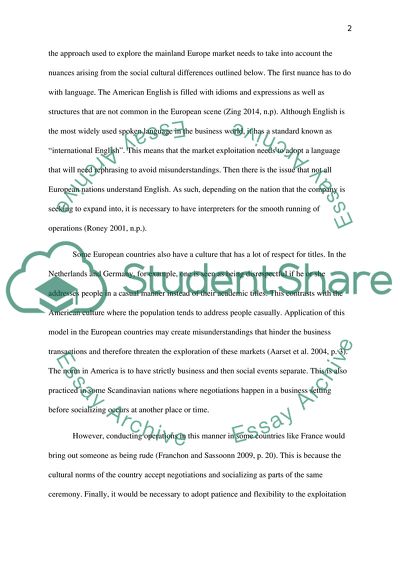Cite this document
(“Whole Foods Market Expansion Essay Example | Topics and Well Written Essays - 2500 words - 4”, n.d.)
Whole Foods Market Expansion Essay Example | Topics and Well Written Essays - 2500 words - 4. Retrieved from https://studentshare.org/marketing/1665450-global-marketing-strategy
Whole Foods Market Expansion Essay Example | Topics and Well Written Essays - 2500 words - 4. Retrieved from https://studentshare.org/marketing/1665450-global-marketing-strategy
(Whole Foods Market Expansion Essay Example | Topics and Well Written Essays - 2500 Words - 4)
Whole Foods Market Expansion Essay Example | Topics and Well Written Essays - 2500 Words - 4. https://studentshare.org/marketing/1665450-global-marketing-strategy.
Whole Foods Market Expansion Essay Example | Topics and Well Written Essays - 2500 Words - 4. https://studentshare.org/marketing/1665450-global-marketing-strategy.
“Whole Foods Market Expansion Essay Example | Topics and Well Written Essays - 2500 Words - 4”, n.d. https://studentshare.org/marketing/1665450-global-marketing-strategy.


